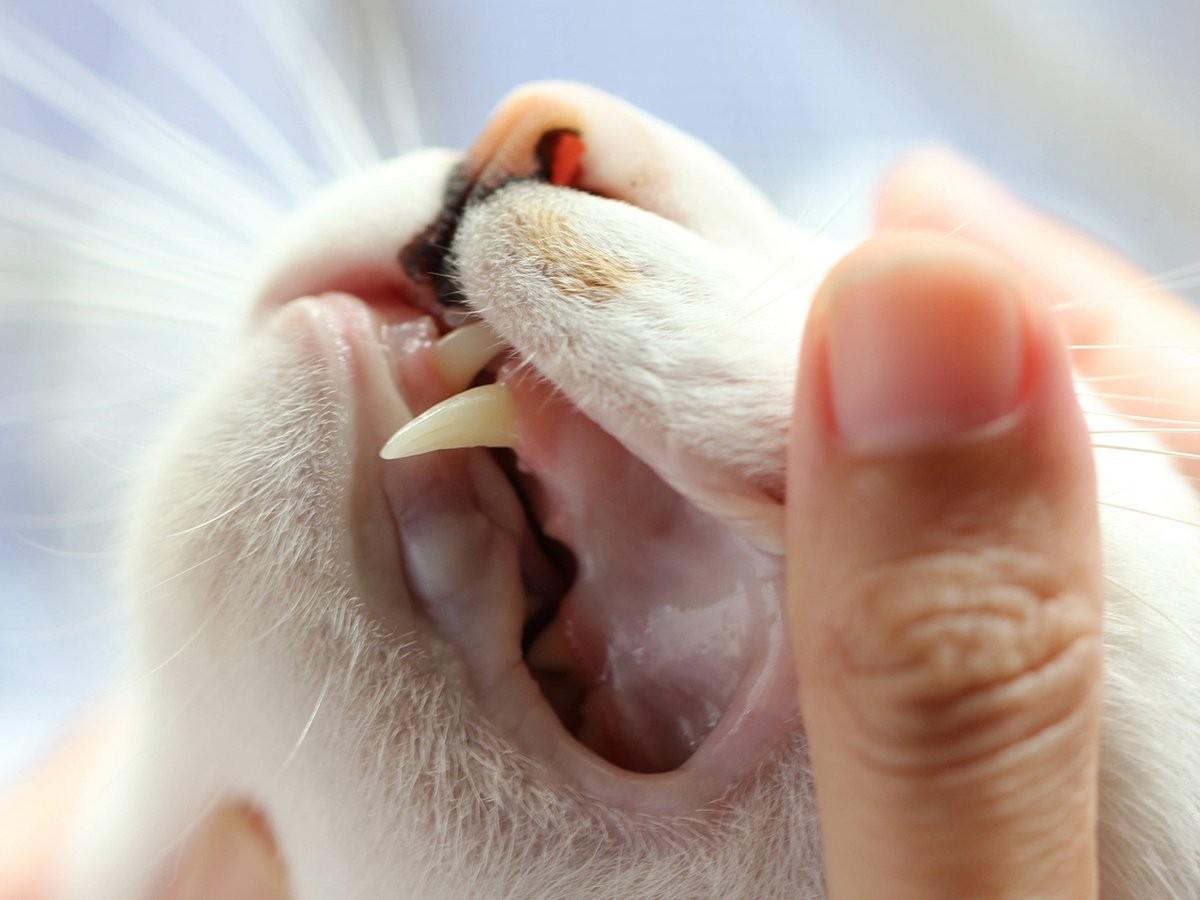Dentists always recommend that we should chew our food properly, brush our teeth twice a day, and take good care of our gums. All this is not just so that you can bite on hard foods and eat without any discomfort, but there are several medical conditions and diseases related to the gums and teeth.
Gums are nothing but tissues forming the upper and lower jaws and the base of teeth. You should be very careful and keep checking for signs of unhealthy gums. Some common signs showing unhealthiness are –
Bleeding Gums
Receding Gums
Persistent Bad Breath
Tender or Swollen Gums
Tooth Sensitivity
Now, we are not the only ones with gums and teeth. Our four-legged purryy friends, cats, are also blessed with a similar mouth mechanism. And with the presence of gums and teeth, there would come problems along.
Dental problems in Cats
Studies report that between 50 and 90% of cats older than four years of age suffer from some form of dental disease. The good thing here is that most of the problems are curable or even preventable with proper care and monitoring. There are a few common teeth problems seen in cats. These include –
Gingivitis
Periodontitis
Tooth resorption
Periodontal Disease in Cats
Gingivitis occurs when there is inflammation in the gums around the teeth. It often begins with a buildup of plaque, a film that harbors bacteria, on the teeth. Cats with good oral health extract the benefit of the plaque. But when not cleaned regularly it migrates deeper toward where the gingiva meets the base of the tooth and then gradually below this point to the subgingival region. This is when the cat’s immune system starts reacting and fighting against it. The response is inflammation which is referred to as Gingivitis. Diseases like feline leukemia virus, feline immunodeficiency virus, feline calicivirus, severe kidney disease, diabetes mellitus, and autoimmune disease are also some causes of Gingivitis.
This same Gingivitis when prolonged leads to Periodontitis. This is when it becomes irreversible. The tissues that attach the tooth to the underlying gums and bone get weakened because of damaging substances produced by disease-causing bacteria and the inflammation caused by the cat’s own immune system. This may also lead to loose teeth or tooth loss because of the destruction of the tissues that attach the tooth to both the soft and bony structures that anchor the tooth.
Clinical Signs and Symptoms of Periodontitis in Cats
The fact this is a worsened version of Gingivitis, the symptom here will be the same as it. These will include –
Redness of the gums
Swelling on gums
Bleeding along the gingiva at the base of the teeth
Unwillingness to eat
Turning the head to the side while chewing
Exposure of tooth root surfaces
Mobility of the teeth
Preference for soft foods
Loss of a couple of teeth in extreme cases
Treatment of Myopathy in Cats
The best treatment here is prevention. Regular cleaning of the teeth and the removal of plaque will help a lot in preventing the accumulation of plaque in the first place which is the primary cause of this disease. It is, however, important to use tooth gel or toothpaste designed specifically for cats, as human products can be toxic to cats. Some cats might be refusing towards brushing their teeth. In this case, it must be slowly introduced which will then make it okay for the cat. Plaque that remains on the teeth for more than 3 days turns into a hard material (called calculus) that cannot be removed by a toothbrush. If your cat does not allow toothbrushing, try at least to wipe the teeth with a gauze pad every 2 to 3 days. There are even some treats and dry foods available that help removes the stuck plaque in cats. Do ask your vet for recommendations and while doing that don’t forget to schedule regular visits as well. Read more about Pet Dental Care Costs here!
But what to do once the cat has developed the signs?
The recommended treatment will be based on the severity of the signs in your cat’s case. Here are the common treatments that may be followed –
Firstly, brushing can be painful once the signs have developed. Do consult a vet before brushing the cat’s teeth
Anti-biotics via an oral rinse or as a pill
Scaling of inflammation-inducing plaque from the teeth
immunosuppressive drugs
A barrier sealant
The vet recommended plaque prevention gel
Removal of inflamed teeth in extreme cases
There may be cases of systemic or infectious underlying diseases causing plaque and inflammation. In those cases, it is important to address the underlying condition to contain the spread.
Once the disease has developed into Periodontitis, your veterinarian will recommend removing plaque and mineral buildup by scaling and polishing the teeth while trying to save the teeth wherever possible. In some cases, again, the removal of teeth might be necessary. They allow the tissue to heal, and cats do surprisingly well without the teeth. In addition, surgery may be needed to gain access to the root surface for cleaning. Finally, veterinarians will treat any factors contributing to periodontitis, such as tooth crowding or underlying diseases.
Conclusion
Periodontitis is a condition of the gums around the teeth in cats which is an after-effect of prolonged Gingivitis. Prevention is the best cure here. A hygiene routine will go a long way here. Cats are clean animals who love cleaning their bodies. This makes diseases like Gingivitis or Periodontitis not so common but however, but there can be times when the plaque formed inside the mouth is not removed properly by the cat. In such cases, human intervention might be needed to assist the cat to maintain dental hygiene.
Happy Mood and Health to your Cat and lots of Love and Purrs to you!
